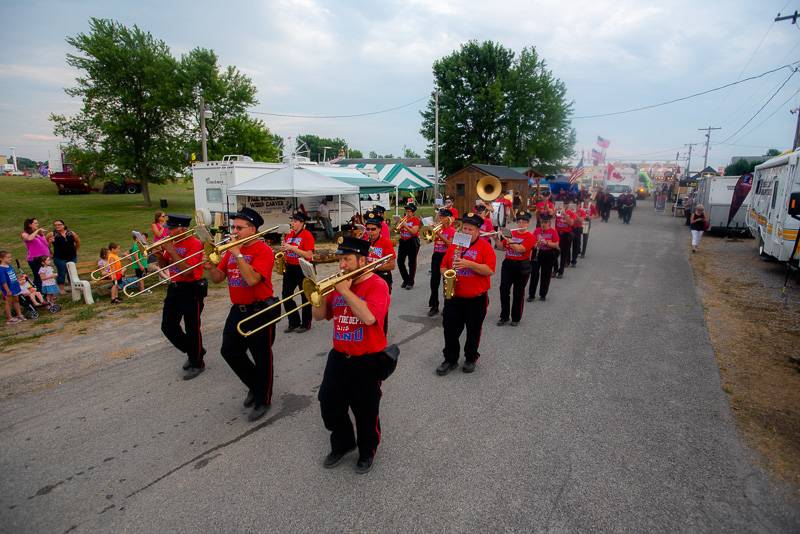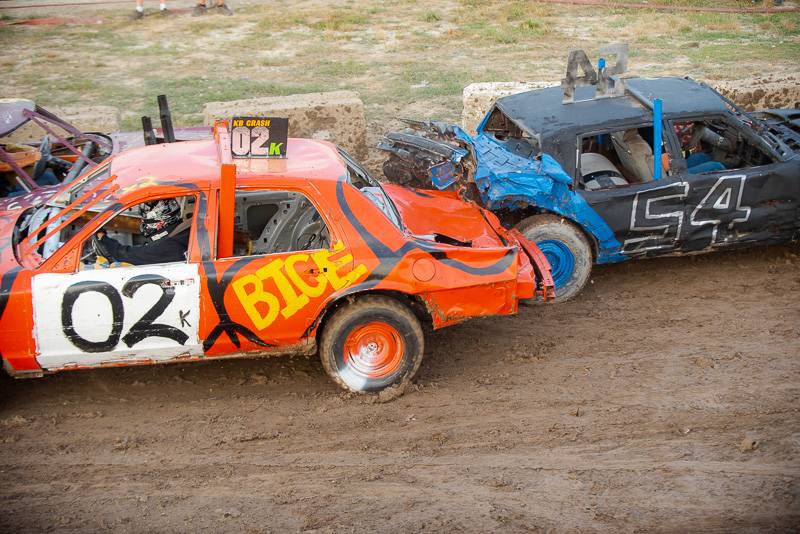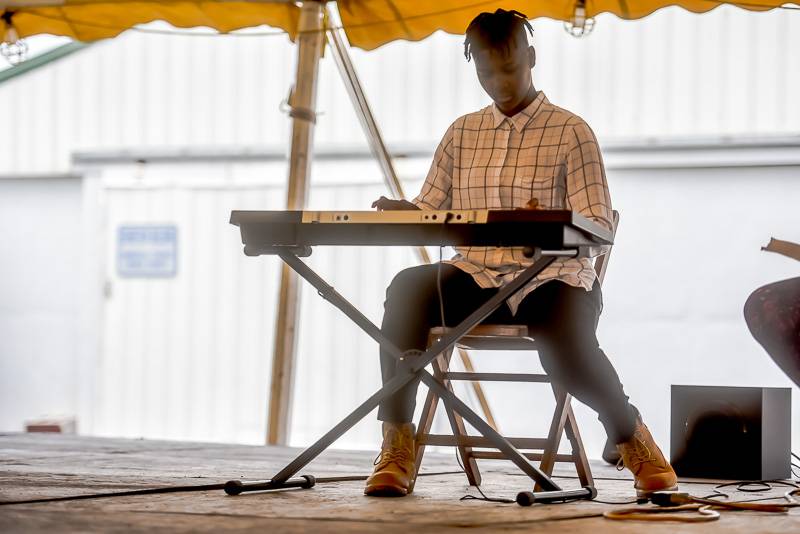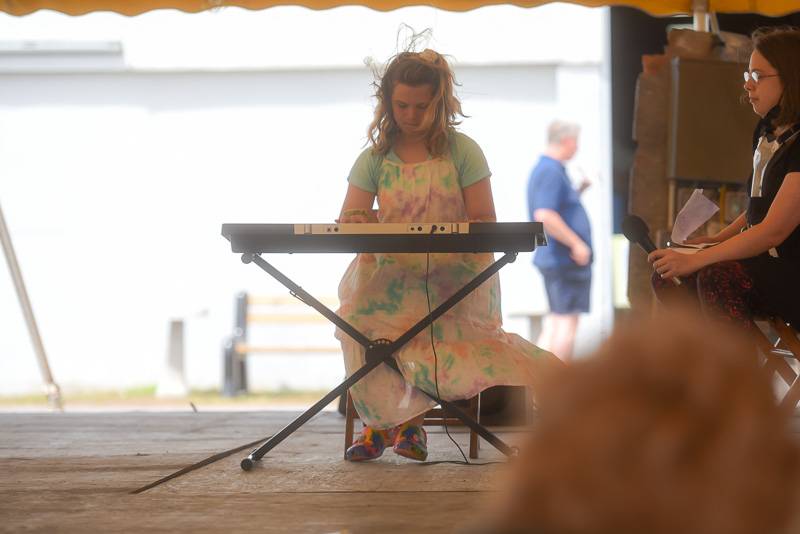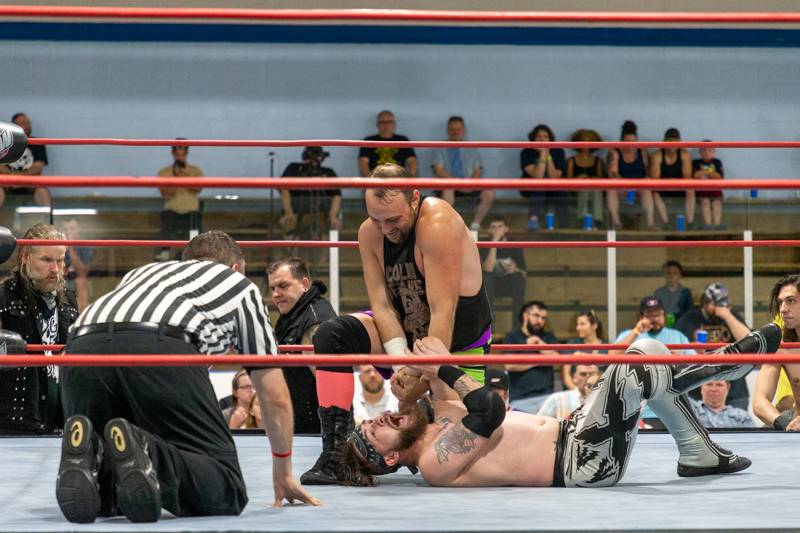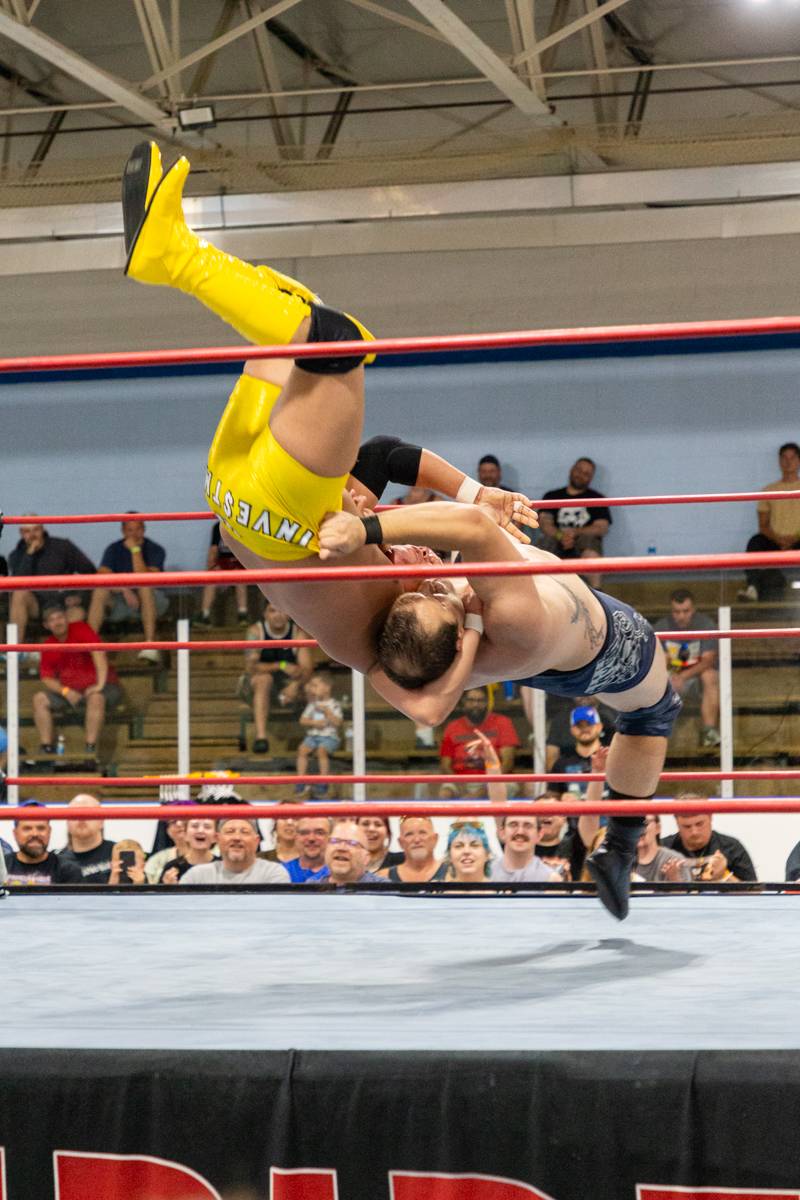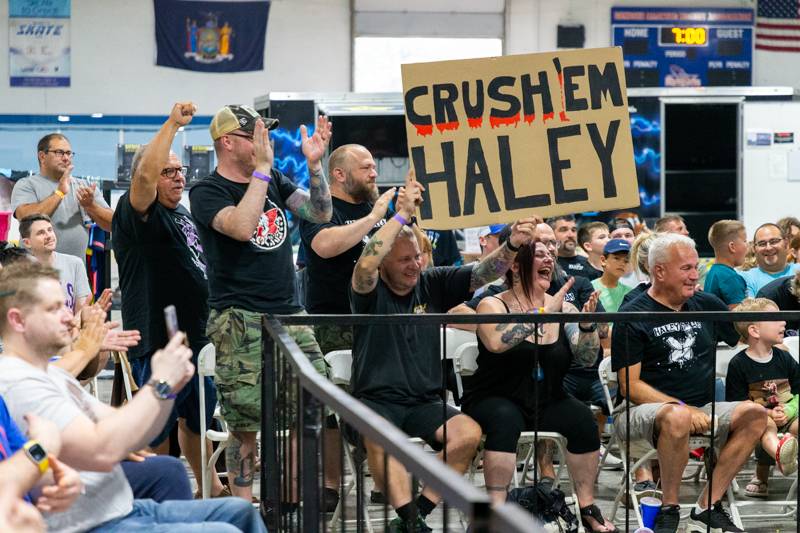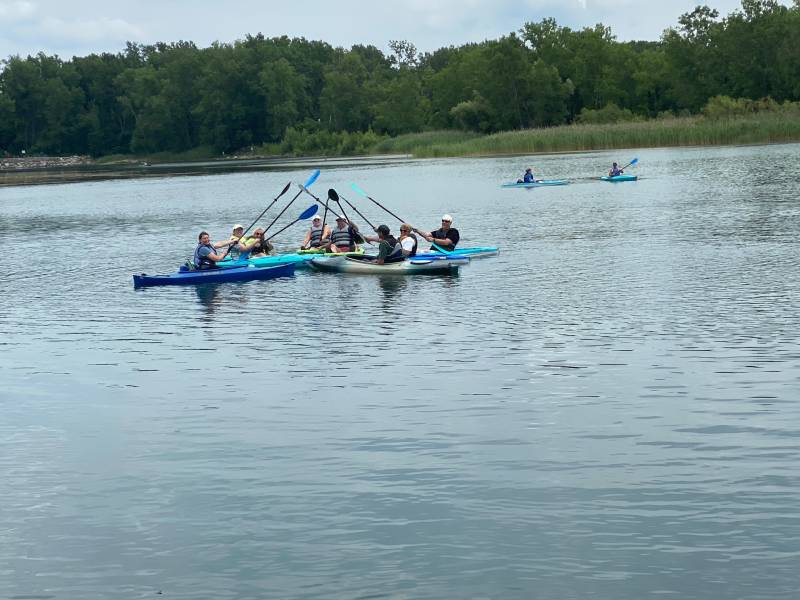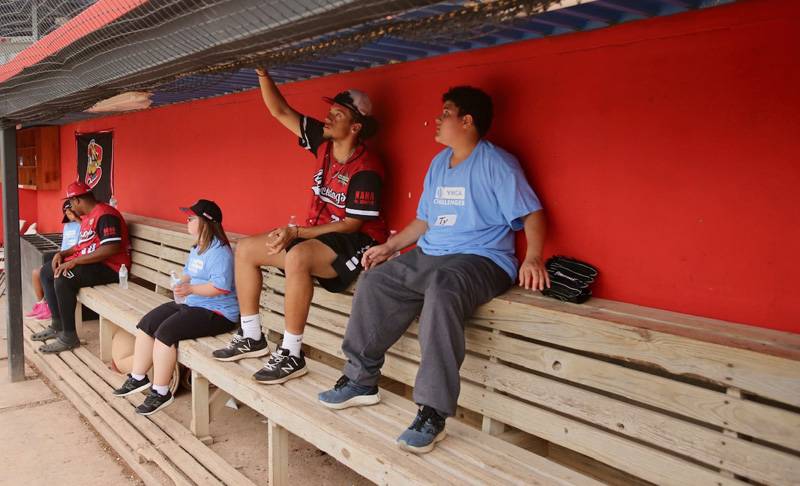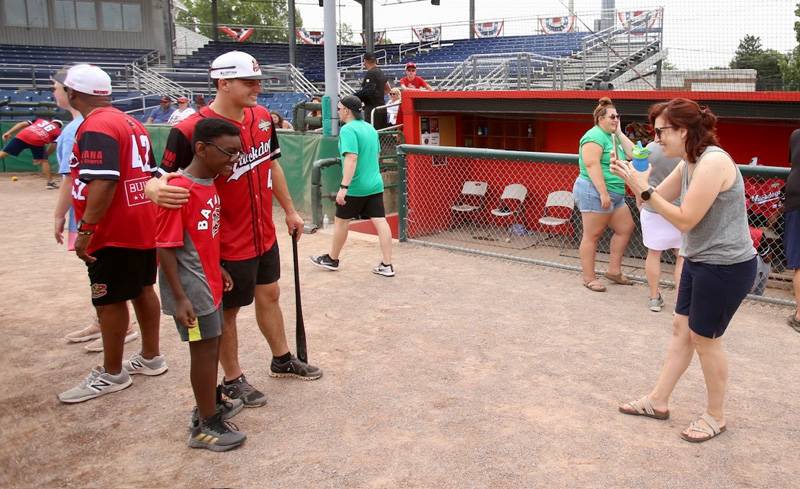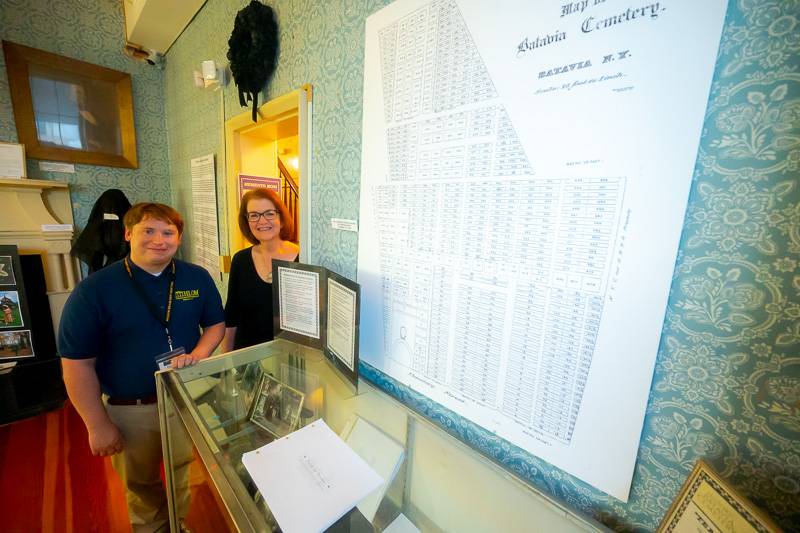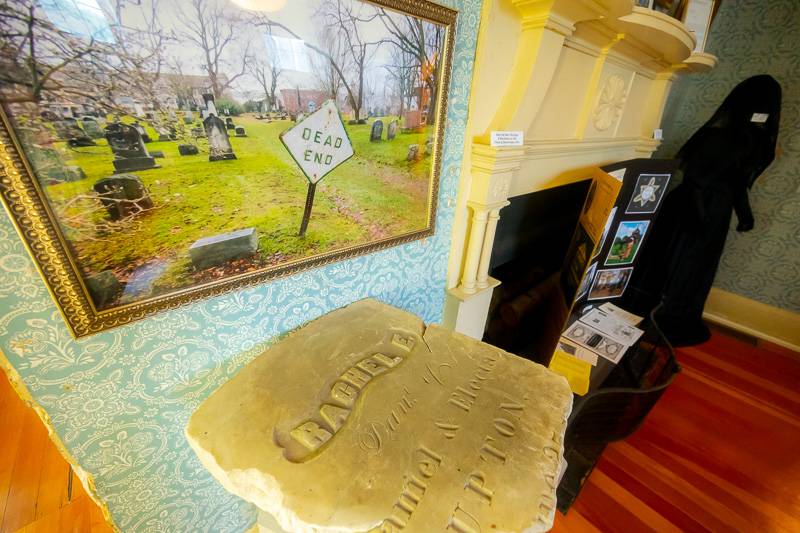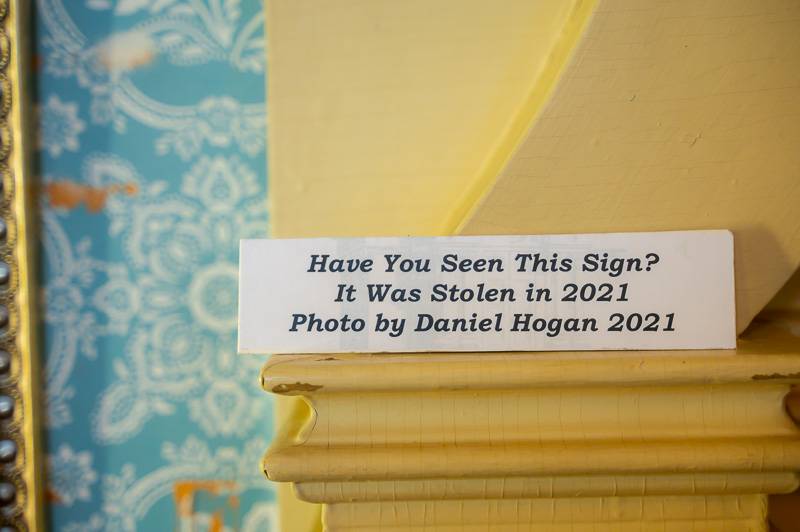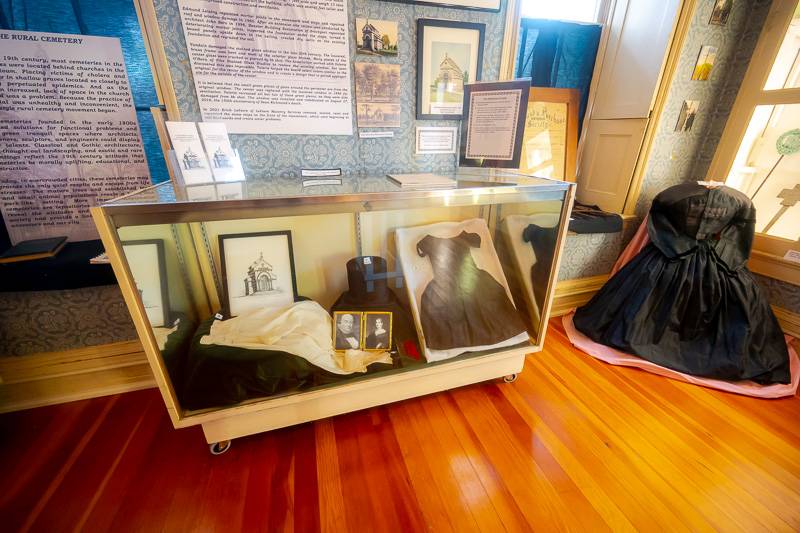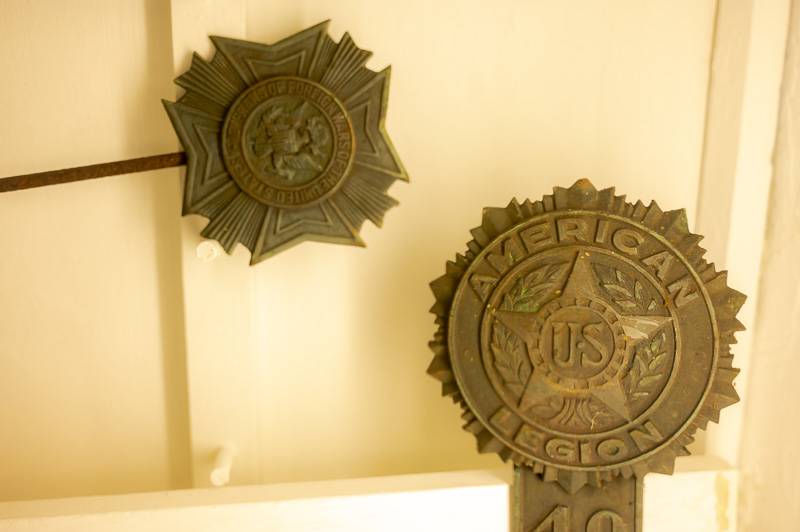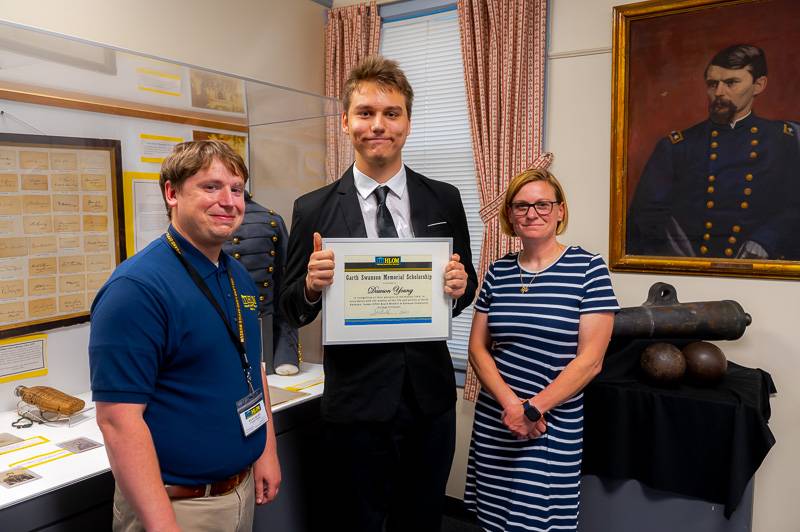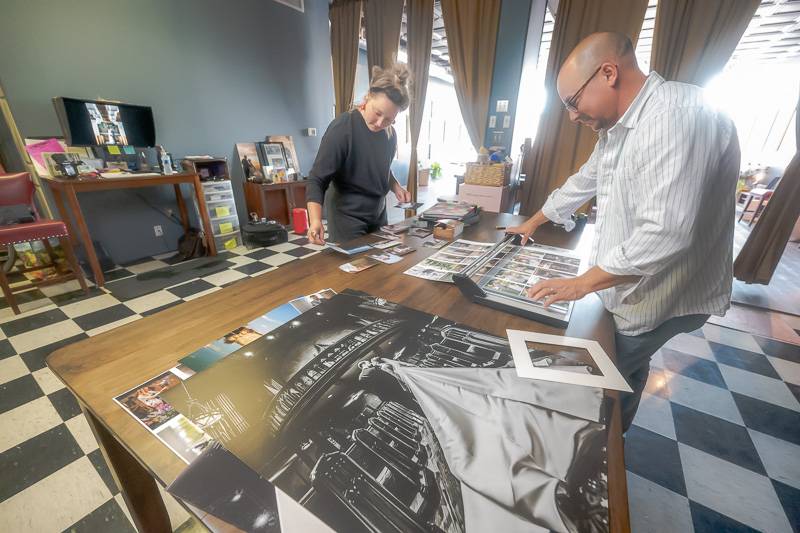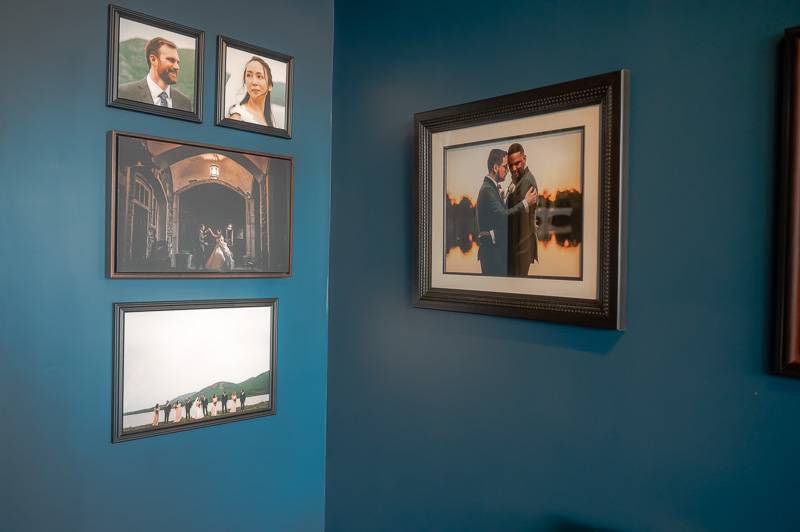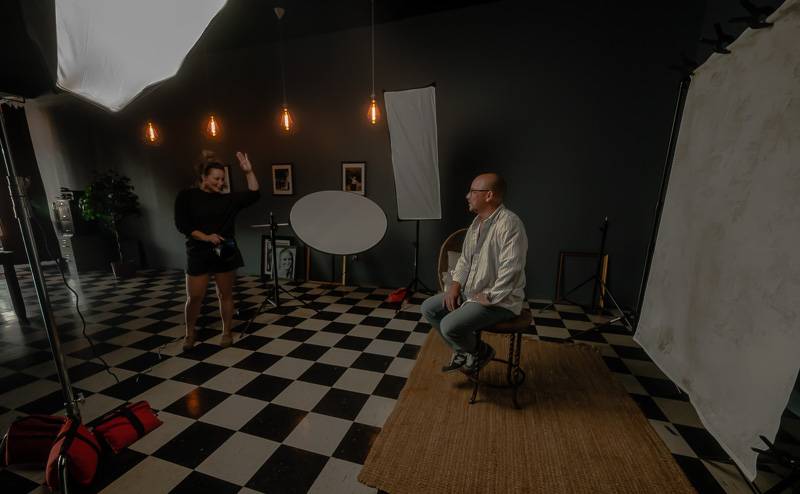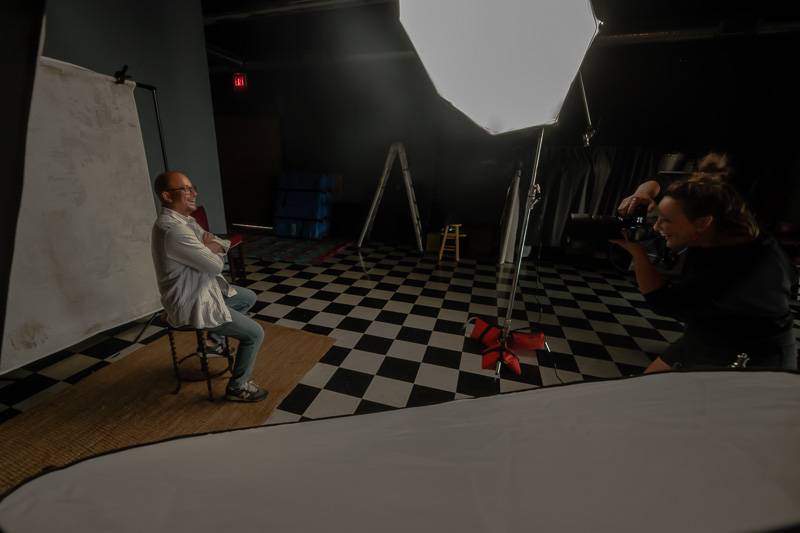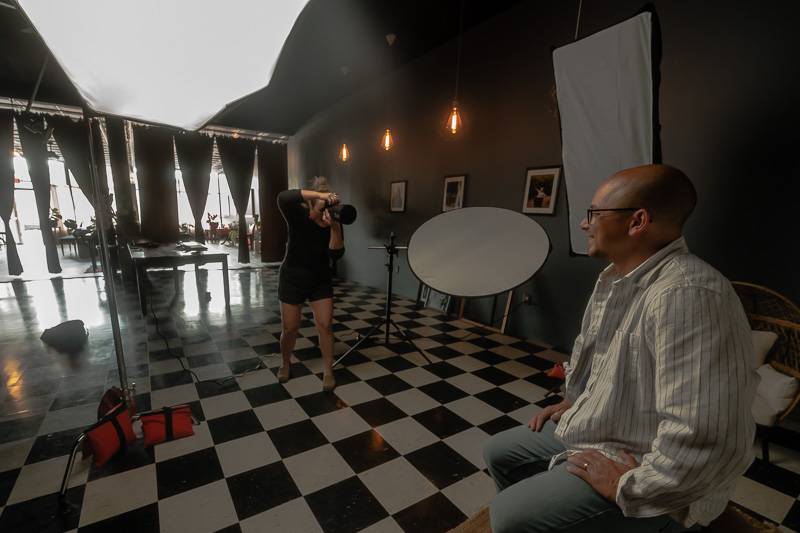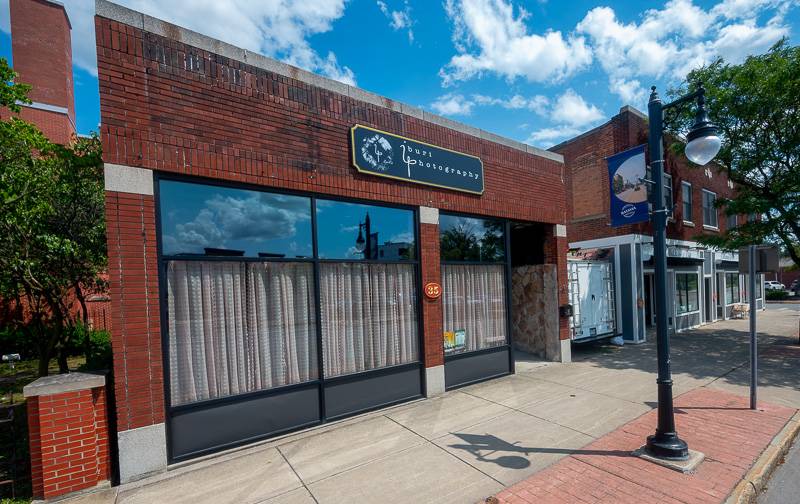Assessing the high to low critical needs at HLOM part of $1.2M potential project
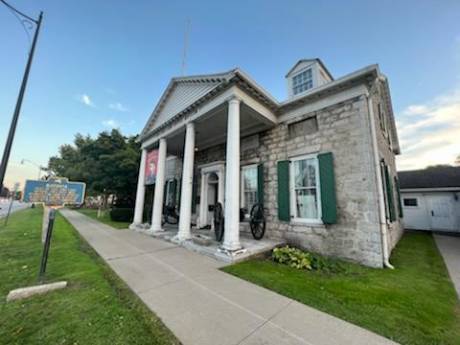
File photo by Howard Owens.
A 41-page building conditions study for Holland Land Office Museum was released to The Batavian Wednesday after the county attorney gave it a thorough review, per county Manager Matt Landers' request.
Landers and the Public Service Committee discussed the study during Monday's meeting; however, Landers said he didn't feel comfortable releasing the document without passing it through proper channels to ensure it didn't contain anything of a confidential nature.
Also titled an “opinion of probable construction cost,” the report pinpoints the various needs — from structural, electrical and mechanical to cosmetic, sanitary and customer service focused —of the historic site at 131 West Main St., Batavia.
"When you tally it up, you’re in the ballpark of $1.2 million. That’s our target,” County Highway Superintendent Tim Hens said after Monday’s Public Service meeting. “The cost was $1.5 million for the stonework at the jail, and this isn’t as extensive, but once you start looking at a project … we will probably put out an RFP and come back with a recommendation by September.”
Just as with any kind of home improvement project, costs can add up really quickly, he said, which is why they’re trying to cap it at $1.2 million. There are items on the list that will never get done, such as a new sprinkler system, he said.
Tasks were categorized by necessity, with top priority going to the very critical: fire alarm system upgrades, a new addressable system, cleanup of existing wiring, updating the grounding system, and Americans with Disabilities Act compliance adjustments to the bathroom.
The next level is critical, which would include exterior work on the museum’s columns, stone base, and wood canopy, replacing windows, exterior stone facade, patching and regrouting the full exterior of 2,500 square feet, lap siding with patch and paint at three to five locations, and paint the entire 3,000 square feet; repair the roof, including 530 square feet of flashing.
Considered “less critical,” at the bottom of the list are a number of incidentals, including the removal and replacement of concrete sidewalks and the asphalt parking lot, a stormwater treatment system, replacing a shed, clearing and grubbing the fence line, pest removal; and interior work of wood floor refinishing on the first and second floors; carpet replacement; piping work to allow replacement of sanitary and storm systems; insulation; mechanical cleanup; and an energy recovery unit.
While the first two categories fall within life safety, protection and building shell stabilization justifications, the less critical items are considered landscape upgrades, repairs, interior finishes and means for comfort.

“Now you talk about rehabbing the columns on the front of the building or replacing the electrical system in the building or the fire alarm system, you start getting, you know, as you start working in old buildings, sometimes you crawl in and find things you didn't realize existed. So if we are going to move ahead on fixing this building and maintaining this building, we want to keep in mind the inflationary factor of municipal bidding and prevailing wage and all the things that come with it,” he said to the group of legislators. “So what we would like to do is basically find out what your pain tolerance is in terms of how much money you would like to spend on the building. I would say my recommendation to you is to try to nail the very critical things in an immediate sense. And then try to knock off as many of the critical items as you think you can afford. Again, the timing and placement of some of the critical items in terms of windows and painting and columns.
“You know, some of that stuff, if you're going to choose to do one, I think you almost end up doing all because if you were going to paint the building, you wouldn't want to come in after the fact and replace the windows. If you were going to do the stone porch, you have to do the columns at the same time. So there's a lot of things that you kind of would have to progress at the same time,” Hens said. “I think you could easily spend — if you were to knock off the red and the orange the critical and the very critical — we could probably spend upwards of $1.2 to $1.3 million to try to knock all those items off. What we'd like to do from an approach is engage with a historically appropriate architect like we did with the stonework building, have them develop basically a concept, and then run that through a third-party cost estimator to get a really accurate number, which is what we did on the stonework project, I think that was very beneficial to us from a planning and budgeting standpoint.
“So if that sounds acceptable, I'd like to come back to committee either August or September based on the timing with a proposal from a consultant, establish a capital project for at least for the design portion of it,” he said. “And then, based on what we get back from our construction estimator, figure out how much we want to chew off and potentially use capital funds to progress on a construction project in 2024.”
Legislator Gary Maha has held onto the same stance for these types of renovations, he said.
“My position has always been, this building is owned by the county, who should take care of it, just like you can take care of your home, you know, and unfortunately, the museum over the years hasn't been taken care of, there's money issues or whatever," he said. "But if you do need to move ahead and do something with our building, we're gonna keep it, we need to keep it up to par.”
There are several funding opportunities identified in the report, such as environmental protection fund grants, State Council on the Arts funding, an Empire State Development Market program, and the Ralph C. Wilson Jr. Legacy Fund for Community Assets.
Hens is cautious about historic preservation grants, which “are nice, but have so many strings attached,” he said. Sometimes, once contractors are aware that such a grant is involved, their proposals increase to match the prospective funding. And the red tape involved can delay a project, adding even more cost due to inflation.
“I would rather get a good contractor and get it done,” he said.



